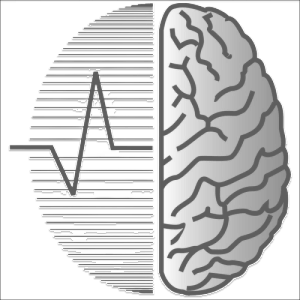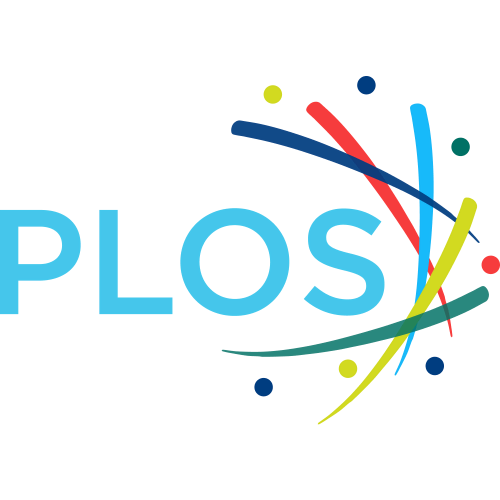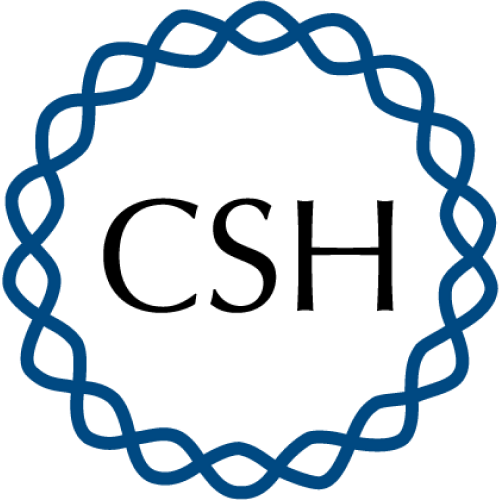Open Access


Chronic optogenetic stimulation of Bergman glia leads to dysfunction of EAAT1 and Purkinje cell death, mimicking the events caused by expression of pathogenic ataxin-1
Olga S Belozor
1
,
Oleg Mozhei
2
,
Dariya A Yakovleva
3
,
Ilia V Potapenko
4
,
A. N. Shuvaev
3
,
Vladimir V Salmin
5
,
Hirokazu Hirai
6
,
Anja G. Teschemacher
7
,
Sergey Kasparov
2, 7
Тип публикации: Journal Article
Дата публикации: 2021-07-01
scimago Q1
wos Q1
БС1
SJR: 2.009
CiteScore: 8.9
Impact factor: 5.6
ISSN: 09699961, 1095953X
PubMed ID:
33753288
Neurology
Краткое описание
Bergmann glia (BG) are highly specialized radial astrocytes of the cerebellar cortex, which play a key role in the uptake of synaptic glutamate via the excitatory amino acid transporter EAAT1. Multiple lines of evidence suggest that in cerebellar neurodegenerative diseases reactive BG has a negative impact on neuronal function and survival through compromised EAAT activity. A family of such diseases are those caused by expansion of CAG repeats in genes of the ataxin family, resulting in spinocerebellar ataxias (SCA). We investigated the contribution of BG to the pathogenesis of cerebellar neurodegeneration in a model of SCA1, which was induced by expression of a polyglutamine mutant of ataxin-1 (ATXN1[Q85]) in BG specifically. We compared the outcomes with a novel model where we triggered excitotoxicity by a chronic optogenetic activation of BG with channelrhodopsin-2 (ChR2). In both cases we detected evidence of reduced glutamate uptake manifested by prolongation of excitatory postsynaptic currents in Purkinje cells which is consistent with documented reduction of expression and/or function of EAAT1. In both models we detected astroglyosis and Purkinje cells atrophy. Finally, the same pattern was detected in a knock-in mouse which expresses a polyglutamine mutant ataxin-1 ATXN1[Q154] in a non-cell-selective manner. Our results suggest that ATXN1[Q85] and ChR2-induced insult targeted to BG closely mimics SCA1 pathology, where excessive glutamate signaling appears to be a common feature likely being an important contributor to cerebellar neurodegeneration.
Найдено
Ничего не найдено, попробуйте изменить настройки фильтра.
Найдено
Ничего не найдено, попробуйте изменить настройки фильтра.
Топ-30
Журналы
|
1
2
|
|
|
International Journal of Molecular Sciences
2 публикации, 9.52%
|
|
|
Brain Sciences
2 публикации, 9.52%
|
|
|
Cells
2 публикации, 9.52%
|
|
|
Biochemistry (Moscow)
1 публикация, 4.76%
|
|
|
Journal of Neuroinflammation
1 публикация, 4.76%
|
|
|
Contemporary Clinical Neuroscience
1 публикация, 4.76%
|
|
|
Neurobiology of Disease
1 публикация, 4.76%
|
|
|
Annals of Clinical and Translational Neurology
1 публикация, 4.76%
|
|
|
Biomedicine and Pharmacotherapy
1 публикация, 4.76%
|
|
|
Annals of Clinical and Experimental Neurology
1 публикация, 4.76%
|
|
|
Progress in Neurobiology
1 публикация, 4.76%
|
|
|
PLoS Biology
1 публикация, 4.76%
|
|
|
Advanced Exercise and Health Science
1 публикация, 4.76%
|
|
|
Cerebellum
1 публикация, 4.76%
|
|
|
Talanta
1 публикация, 4.76%
|
|
|
FASEB Journal
1 публикация, 4.76%
|
|
|
1
2
|
Издатели
|
1
2
3
4
5
6
|
|
|
MDPI
6 публикаций, 28.57%
|
|
|
Elsevier
5 публикаций, 23.81%
|
|
|
Springer Nature
3 публикации, 14.29%
|
|
|
Cold Spring Harbor Laboratory
2 публикации, 9.52%
|
|
|
Wiley
2 публикации, 9.52%
|
|
|
Pleiades Publishing
1 публикация, 4.76%
|
|
|
Eco-Vector LLC
1 публикация, 4.76%
|
|
|
Public Library of Science (PLoS)
1 публикация, 4.76%
|
|
|
1
2
3
4
5
6
|
- Мы не учитываем публикации, у которых нет DOI.
- Статистика публикаций обновляется еженедельно.
Вы ученый?
Создайте профиль, чтобы получать персональные рекомендации коллег, конференций и новых статей.
Метрики
21
Всего цитирований:
21
Цитирований c 2024:
9
(42.86%)
Цитировать
ГОСТ |
RIS |
BibTex
Цитировать
ГОСТ
Скопировать
Belozor O. S. et al. Chronic optogenetic stimulation of Bergman glia leads to dysfunction of EAAT1 and Purkinje cell death, mimicking the events caused by expression of pathogenic ataxin-1 // Neurobiology of Disease. 2021. Vol. 154. p. 105340.
ГОСТ со всеми авторами (до 50)
Скопировать
Belozor O. S., Mozhei O., Yakovleva D. A., Potapenko I. V., Shuvaev A. N., Salmin V. V., Hirai H., Teschemacher A. G., Kasparov S. Chronic optogenetic stimulation of Bergman glia leads to dysfunction of EAAT1 and Purkinje cell death, mimicking the events caused by expression of pathogenic ataxin-1 // Neurobiology of Disease. 2021. Vol. 154. p. 105340.
Цитировать
RIS
Скопировать
TY - JOUR
DO - 10.1016/j.nbd.2021.105340
UR - https://doi.org/10.1016/j.nbd.2021.105340
TI - Chronic optogenetic stimulation of Bergman glia leads to dysfunction of EAAT1 and Purkinje cell death, mimicking the events caused by expression of pathogenic ataxin-1
T2 - Neurobiology of Disease
AU - Belozor, Olga S
AU - Mozhei, Oleg
AU - Yakovleva, Dariya A
AU - Potapenko, Ilia V
AU - Shuvaev, A. N.
AU - Salmin, Vladimir V
AU - Hirai, Hirokazu
AU - Teschemacher, Anja G.
AU - Kasparov, Sergey
PY - 2021
DA - 2021/07/01
PB - Elsevier
SP - 105340
VL - 154
PMID - 33753288
SN - 0969-9961
SN - 1095-953X
ER -
Цитировать
BibTex (до 50 авторов)
Скопировать
@article{2021_Belozor,
author = {Olga S Belozor and Oleg Mozhei and Dariya A Yakovleva and Ilia V Potapenko and A. N. Shuvaev and Vladimir V Salmin and Hirokazu Hirai and Anja G. Teschemacher and Sergey Kasparov},
title = {Chronic optogenetic stimulation of Bergman glia leads to dysfunction of EAAT1 and Purkinje cell death, mimicking the events caused by expression of pathogenic ataxin-1},
journal = {Neurobiology of Disease},
year = {2021},
volume = {154},
publisher = {Elsevier},
month = {jul},
url = {https://doi.org/10.1016/j.nbd.2021.105340},
pages = {105340},
doi = {10.1016/j.nbd.2021.105340}
}
Профили











